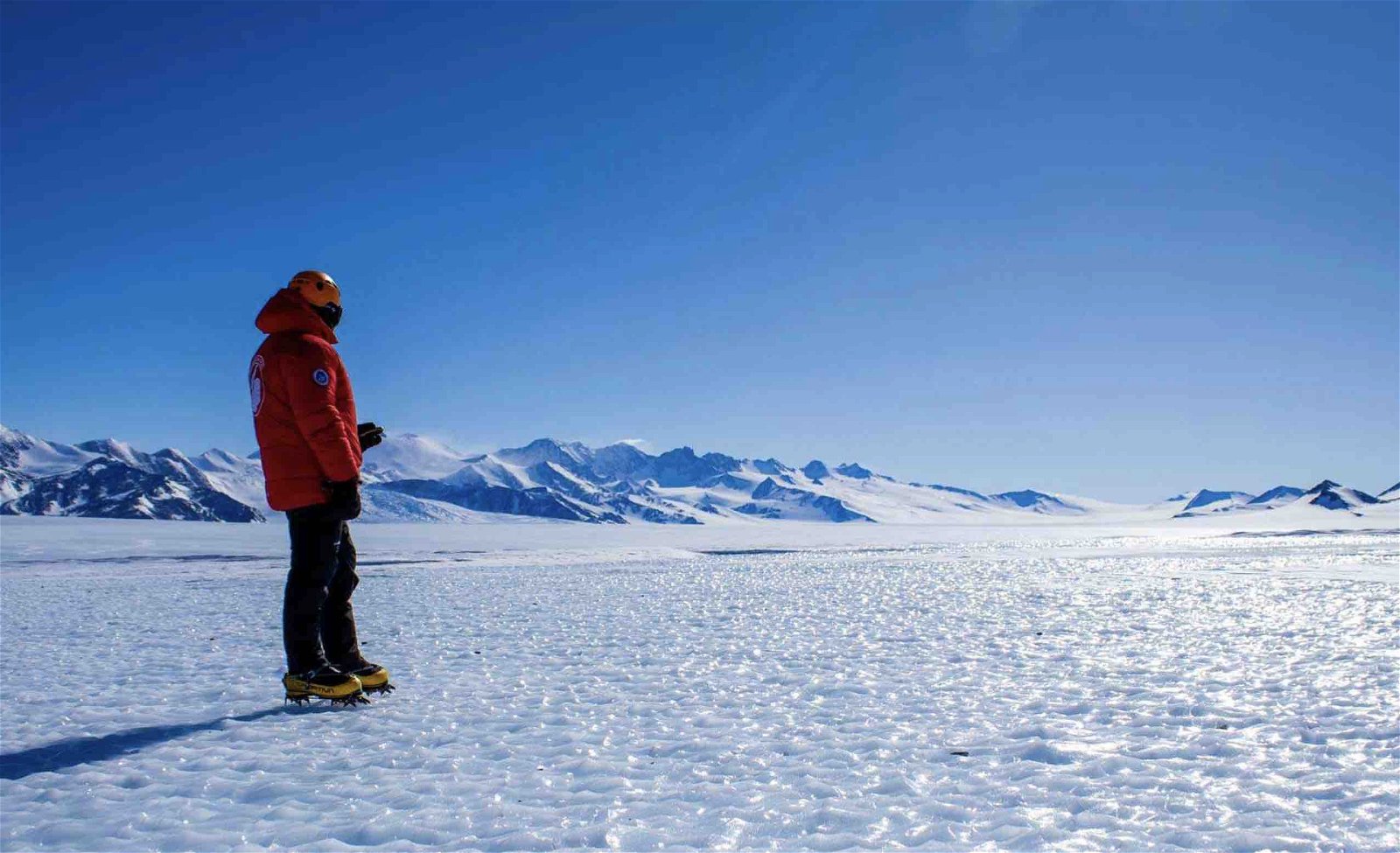A team of European researchers says that hundreds of thousands of meteorites, which may provide valuable information about the dawn of life on Earth, are disappearing from Antarctica at an alarming rate.
Based on their research, the scientists behind the alarming findings say that as many as three-quarters of the approximately 300,000-800,000 meteorites resting on the surface of the Antarctic ice sheet could be lost by 2050.
Published in the journal Nature Climate Change, the research says the culprit behind the wholesale disappearance is the steady rise in global temperature.
“For every tenth of a degree of increase in global air temperature, an average of nearly 9,000 meteorites disappear from the surface of the ice sheet,” the press release announcing the alarming study explains.
The disappearance of Antarctic meteorites from the world’s southernmost continent at such a staggering rate is particularly alarming since an estimated 60% of all meteorites ever found on Earth have come from there. Meteorites discovered in Antarctica are also often in much more pristine condition than those discovered elsewhere due to the area’s relatively stable, ice-cold environment.
When properly collected and cataloged, these Antarctic meteorites are a boon to astrobiologists and other scientists studying the dawn of the solar system and the beginnings of life on Earth. In their most pristine condition, these meteorites can offer a time capsule dating back as much as 4 billion years ago to the solar system’s formation.
According to the researchers, the dark color of these space rocks is also exacerbating the situation. That’s because they absorb more solar energy than the white snow around them. This accumulation of heat energy causes the ice directly beneath the meteorite to thaw faster than the surrounding snow, resulting in a depression in the ice’s surface that can swallow up the meteorite as the surface freezes over it.
“Even when temperatures of the ice are well below zero, the dark meteorites warm-up so much in the sun that they can melt the ice directly beneath the meteorite,” explains co-lead author Veronica Tollenaar from the Université Libre de Bruxelles. “Through this process, the warm meteorite creates a local depression in the ice and over time fully disappears under the surface.”


Based on their calculations, Tollenar and the study’s lead author, Harry Zekollari, who is now an Associate Professor of Glaciology at Vrije Universiteit Brussel, say that as many as 5,000 Antarctic meteorites are lost in this fashion every year. In an additional statement, the team said that with their analysis of climate change data collected from satellites and combining that information with climate model predictions, a range of 5,100 to 12,200 could be lost each year.
This pace of losing Antarctic meteorites is outpacing collection efforts by a rate of five to one. It’s a problem the researchers say needs to be addressed immediately to reduce the number of meteorites lost before they can be collected.
“We need to accelerate and intensify efforts to recover Antarctic meteorites,” Zekollari says. “The loss of Antarctic meteorites is much like the loss of data that scientists glean from ice cores collected from vanishing glaciers – once they disappear, so do some of the secrets of the universe.”
While the researchers offer some potential solutions, including improving efforts to better identify blue ice “meteorite landing zones,” where these rocks are easily spotted, they say that would still result in thousands of lost samples each year. Instead, they believe that the best bet to preserve nearly all of these pristine space rocks is to address the main cause on a global scale.
“Scientists conclude that in the long-term, the only way to preserve most of the remaining unrecovered Antarctic meteorites is to rapidly reduce greenhouse gas emissions,” they explain.
Christopher Plain is a Science Fiction and Fantasy novelist and Head Science Writer at The Debrief. Follow and connect with him on X, learn about his books at plainfiction.com, or email him directly at christopher@thedebrief.org.

